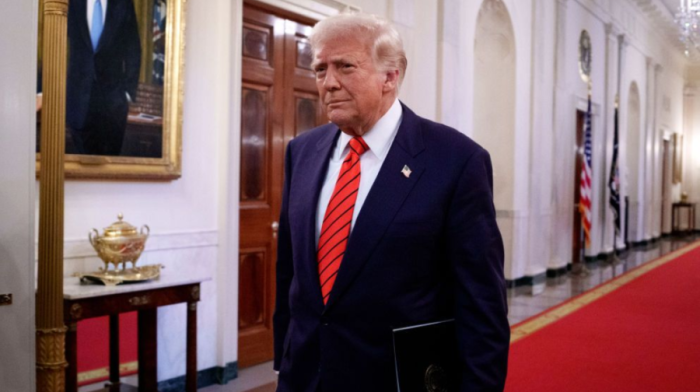
The Trump Administration Is Using This Handy-Dandy Loyalty Test for Law-Enforcement Candidates
It would be laughable if it weren’t so terrifying.
11:46Before 192 d11.02.2025
AuthorMaximilian Lehner spoke with Adriana Gvozdenović and Nela Gligorović about the exhibition at the Gallery of the Museum of Contemporary Art of Montenegro
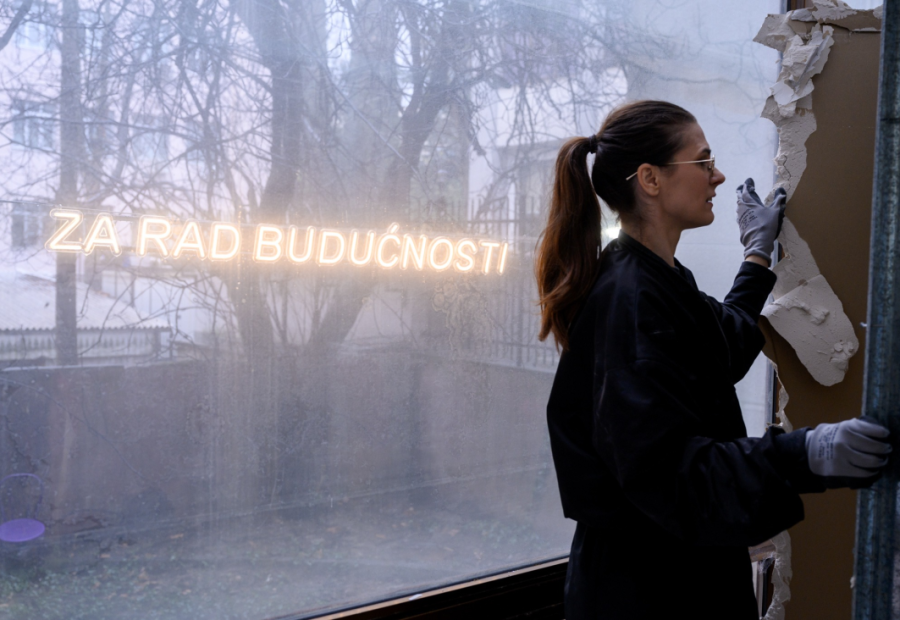
Cubes
When I met Adrijana Gvozdenović for the first time, it was the beginning of an experimental research project led by Kurziv/kulturpunkt.hr a bit more than a year ago. We got to know each other in a Zoom meeting, where we started discussing ‘anomalies’. We naturally got into conversations about being different versus being part of something, and how this sense of belonging can change within the art world. Neither did I know who Adrijana was, nor did I ever hear of her alter-ego Adrian Lister before that. But through these conversations, I understood that we share a suspicion towards self-proclaimed peculiarities as well as an urge to reflect on how to actually exchange knowledge without showing off.
Hearing about the exhibition in Podgorica made me curious about how she would use a solo show for her practice which avoids many of the categorizations of artistic practices, and which usually involves collaboration and collectivity. I cannot say that it came as a surprise that even this moment of presentation turned into something that activates the audience, provides space for learning, and – ultimately – also transgresses separations between traditional roles in the museum, curator and artist.
When meeting to talk about the exhibition in Podgorica, it was the first time since discussing ‘anomalies’ that we met online again, but also the first time that we only focused on Adrijana’s artistic practice. There was a lot to unpack, especially about the trajectory from her alter-ego Adrian Lister towards the idea of a so-called workers’ club, which turns the museum into a place for gatherings.
Maximilian Lehner: How did your workers’ club find its way into the Museum of Contemporary Art of Montenegro?
Adrijana Gvozdenović: There was an open call for the representation in Biennale for curators and artists together. So Nela approached me with the idea of applying together to it. Initially, there was my long-term work Who is Adrian Lister? at the core of the project.
Maximilian: Since you put the question already: Who is Adrian Lister?
Adrijana: When I moved to Belgium for my studies, I translated a text for my CV, and the automatic translation made “Adrian Lister” out of my name. So, I started to ask “Who is Adrian Lister?” and made short performances out of it for several years. After my studies, there was a break in using this persona, and I only began to work with Adrian Lister as a tool when I was asked to participate in exhibitions dealing with identity or national representation. That’s also how Nela and I met. She invited me in 2021 to present Adrian Lister in Montenegro, within an exhibition dealing with the post-Yugoslav intellectual cultural space. It was also at a time when I had to move from Belgium back to Montenegro, like going to exile in my own country, so it was an interesting moment for Adrian Lister.
Nele Gligorović: Our collaboration began within the exhibition Marginalia of the Common (Marginalije zajedničkog), or how to read ‘yugoslavism’ in contemporary artistic practices. The exhibition emerged as a gravitating program of a regional initiative on a common language and the survival of the Yugoslav cultural space, despite state systems, borders, territories, and other political dictates. By questioning issues of identity, language, migration, institutions, and labor in art, Adrijana’s research Who is Adrian Lister? was the ideal choice of a contemporary Yugoslav, a migrant, and a cultural worker in Belgium. Since then, we have been talking, sharing tools, experiences, materials, and knowledge…
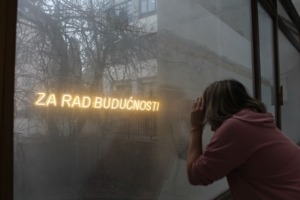
Photo: Anja Marković

It would be laughable if it weren’t so terrifying.
11:46Before 192 d11.02.2025
Author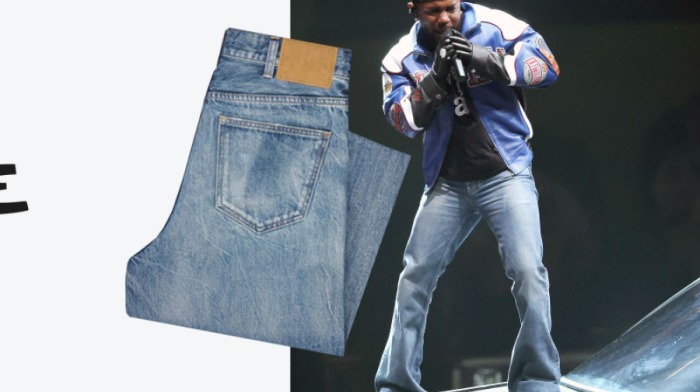
They’re good enough to diss your haters in. Inside, see the best Kendrick Lamar–inspired flared jeans we’re wearing all 2025, from Celine, Levi’s, and more.
11:46Before 192 d11.02.2025
Author
We located early Presidents’ Day mattress sales from Amazon, Casper, Purple, and more—and secured an Esquire-exclusive Presidents’ Day mattress deal at Saatva.
11:46Before 192 d11.02.2025
Author
Patagonia has plenty of winter classics in its end-of-the-season sale. If you’ve been looking for well-priced gear, this is the sale to shop.
11:45Before 192 d11.02.2025
Author
From discounts on Apple products to new low prices on Esquire’s picks for best new TVs, earbuds, and laptops, Amazon has it all this Presidents’ Day.
11:45Before 192 d11.02.2025
Author
To hell with all those kids with AIDS.
11:45Before 192 d11.02.2025
Author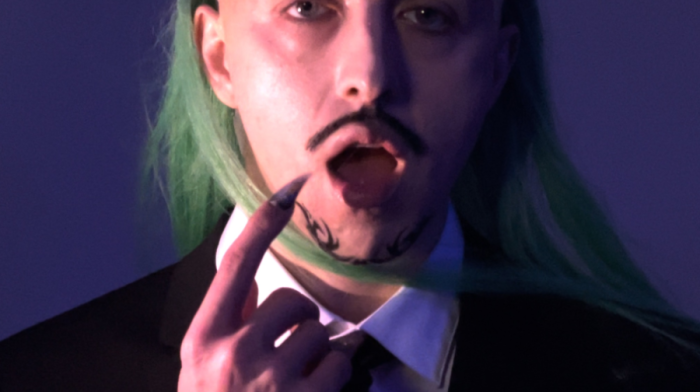
N/A
11:45Before 192 d11.02.2025
Author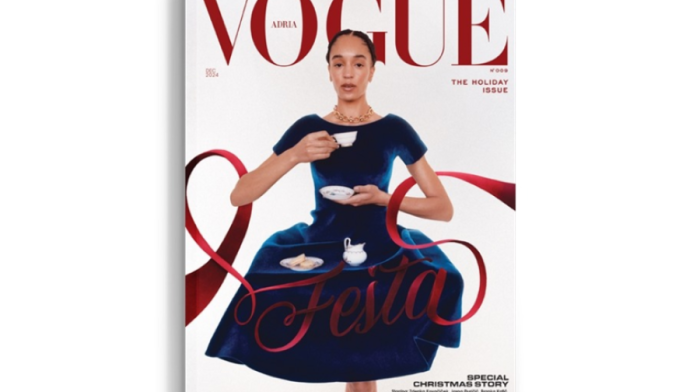
Novi, deveti broj Vogue Adria, koji se od danas može pronaći na kioscima i u našem webshopu, posvećen je prosincu, mjesecu zavijenom u blještavi veo blagdana.
11:45Before 192 d11.02.2025
Author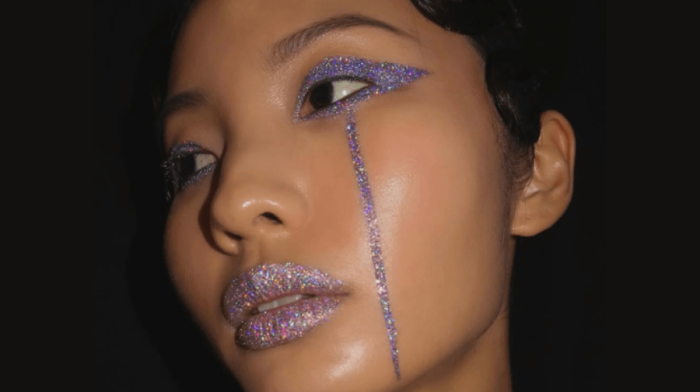
Alexandra French, Euphoria makeup artist, revealed to us her tricks on how to make glitter eye shadow look perfect and last all night.
11:45Before 192 d11.02.2025
AuthorIf you are a news agency in need of a new publishing system
Contact UsIf you are a news agency in need of a new publishing system
Comments (0)